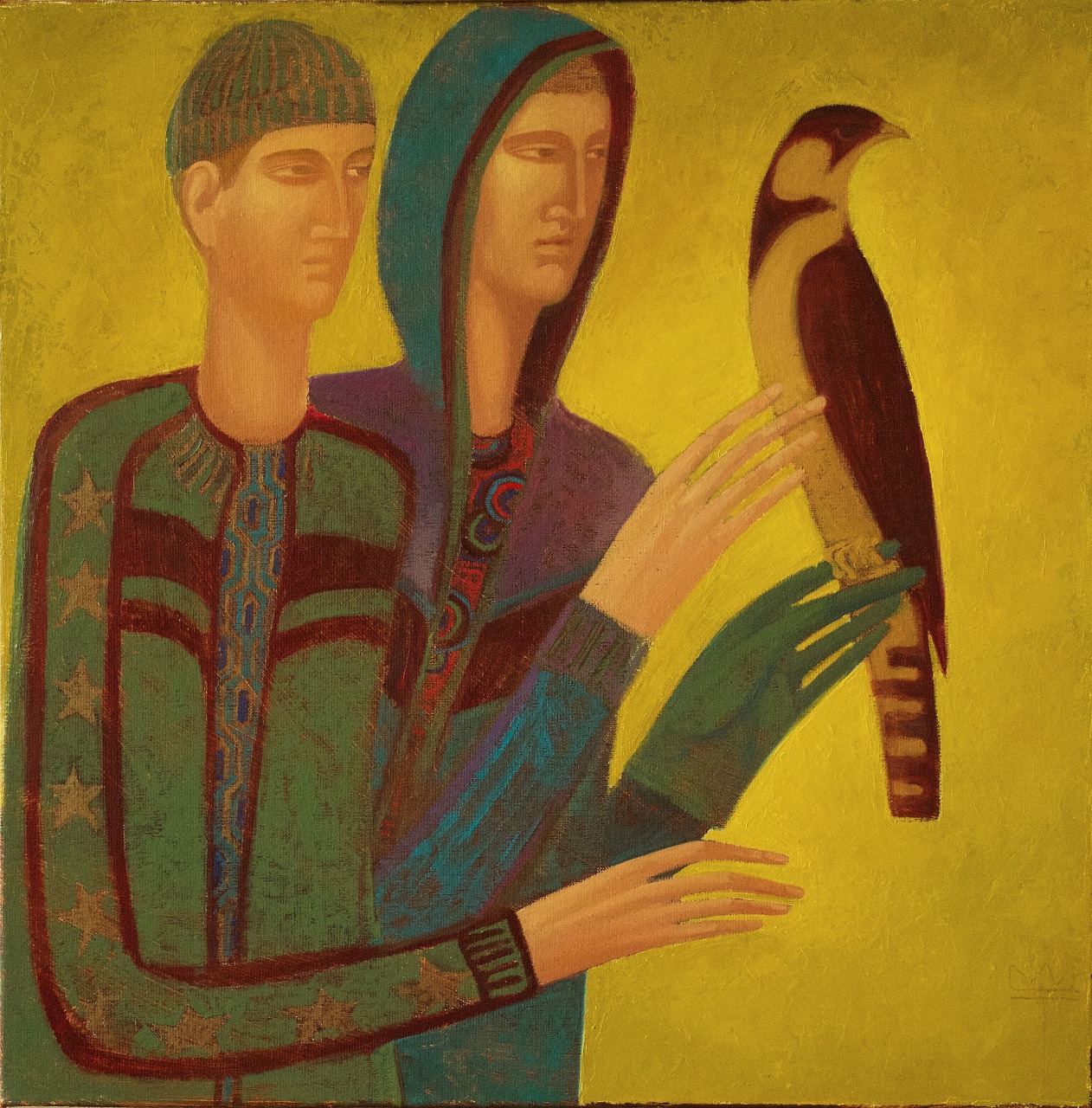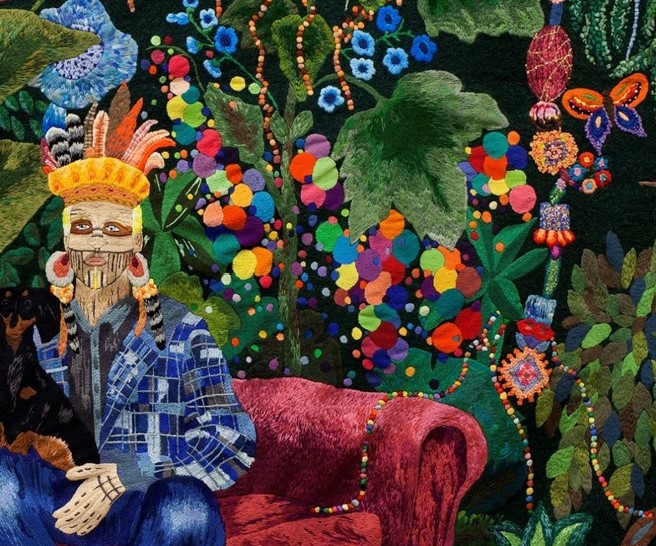If you ever visited a museum and, walking through the glass display cases, suddenly an emerging feeling just struck you as you walked in a different room, then you’ll probably have experienced the great importance of building the right environment around an effective exhibit. We had the chance to interview a very promising young designer that is focusing his career on how to engineer the perfect setup for exhibitions and museums to understand what’s behind the magic.
He is Italian, his name is Andrea Isola and he was born in Sardinia. Graduated in Turin in Architecture, together with his associates he founded Startarch, a specialized studio that projects and design all the details that make an exhibition the experience you will enjoy.

You studied architecture and then you narrowed your field of intervention to a very specific context. What attracted you in the first place and how did you follow those interests?
I have always been fascinated by how project related choices can influence the pace and the success of an event, either it is an art fair or an art exhibition. I started this path during my university years when I juggled my studies and my first jobs in exhibitions and art fairs.
Initially, I decided to get involved in these jobs in order to gain experience on this field and with no expectations. However, the more I worked across these projects, the more I started to realise how much I loved this profession and to understand its strategic importance. This was the reason why, with the help of other partners, I decided to found “Startarch”, a studio specialised in the design and setting up of fairs and art exhibitions.

There aren’t so many professionals that are working specifically as Exhibit Designers. How is this specialization received by the professionals in art and events planning fields?
In all fairness, professionals who work in this field and organise fairs and art exhibitions at a certain level understand the importance of the Exhibit Designer. The only difference lies in the fact that in the past we used to rely on architects who used towork on a wide range of projects (houses, offices, buildings etc), whilst my role is specialised in a specific sector. The strength of the Exhibit Designer lies in the greater experience and in the knowledge of suppliers specialised in this area, which allows Exhibit Designers to find more solutions and more benefits in terms of quality and costs for their clients.

Art, technical expertise and heart. How much of them do you put in your work when you realize a new exhibit?
These are all essential factors, as well as inspiration and instinct. When I see the space for an exhibition for the first time, I am sometimes able to immediately picture its exhibit. This is one of the feelings I love the most about my job.

What is the perfect recipe to blend the environment you create to the art work you must emphasize?
You start from the exhibition description, the main theme of the exhibition and from the typology of pieces chosen by the artist and the curator. These are the key elements to start every project.
I personally always try to put myself in the visitor’s shoes in order to try to stimulate their curiosity and to generate a unique experience. I think that a good exhibition should be a life enriching experience. In this respect, I study visitor flows, viewpoints, points of vision and how color is used to evoke certain emotions. The exhibit must be able to emphasize the real and main protagonist of an exhibition: the piece of art.

Do you feel free enough in your job or do you wish you could depend less on the requests coming from your clients? How much space do they give you and your team to create?
I do not think I would like to always have carte blanche when it comes to design an exhibit. I think it would probably be a bit boring in the long run. I like to be challenged by clients’ requests, which give me that motivation I need to find a solution. I must admit it, our clients have been pretty flexible and they always trusted our competence, which helped to reach fair agreements in almost every project.

Which part of your job do you love the most and which one you would avoid if you could?
The parts I appreciate the most are essentially two. First, the creative approach to the project: when you start from a white piece of paper, you write down your ideas and this enhances your fantasy.
The second part is the construction site: This is the best school to learn about this job and I find it really satisfactory when at the end of a project you see what you have been planning finally completed.

I can guess you will be regularly monitoring all the big events around the world to be updated on what’s new in the main exhibition venues. Is there some architect or designer you really appreciate and relate to for your inspiration? And is there a museum or event you’d really yearn to work in?
A substantial part of my jobs involves traveling and visiting fairs and art exhibitions. This is fundamental to stay up to date with the latest international developments in the world of art.
As a designer, I deeply admire Patricia Urquiola: I admire her way to design, her vision of the spaces and attention to details.
If I had to dream big, I would tell you that my lifetime dream is to design an exhibit at Guggenheim Museum in New York. It would be the climax of my career!

Last question. Being your work so specific, what would you suggest to a student that desire to follow your steps in this career to succeed?
My best advice is to have as many experiences as possible in fairs, museums, or galleries during the university years. This allows you to have a good background and a good contact list once you enter the world of work.
To Learn more about Andrea’s projects, check out Startarch that he cofounded and follow on the gram @_Andreaisola
Interview by Andrea Leghissa



